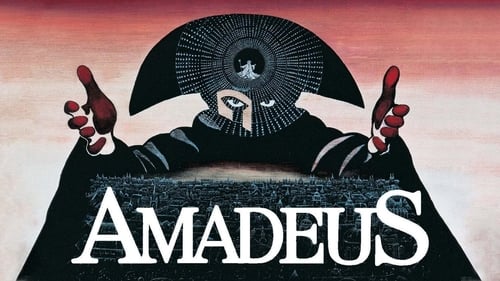Twyla Tharp
Birth : 1941-07-01, Portland, Indiana, USA
History
Twyla Tharp is an American dancer, choreographer, and author who lives and works in New York City. In 1966 she formed the company Twyla Tharp Dance. Her work often uses classical music, jazz, and contemporary pop music. From 1971 to 1988 Twyla Tharp Dance toured extensively around the world, performing original works.


